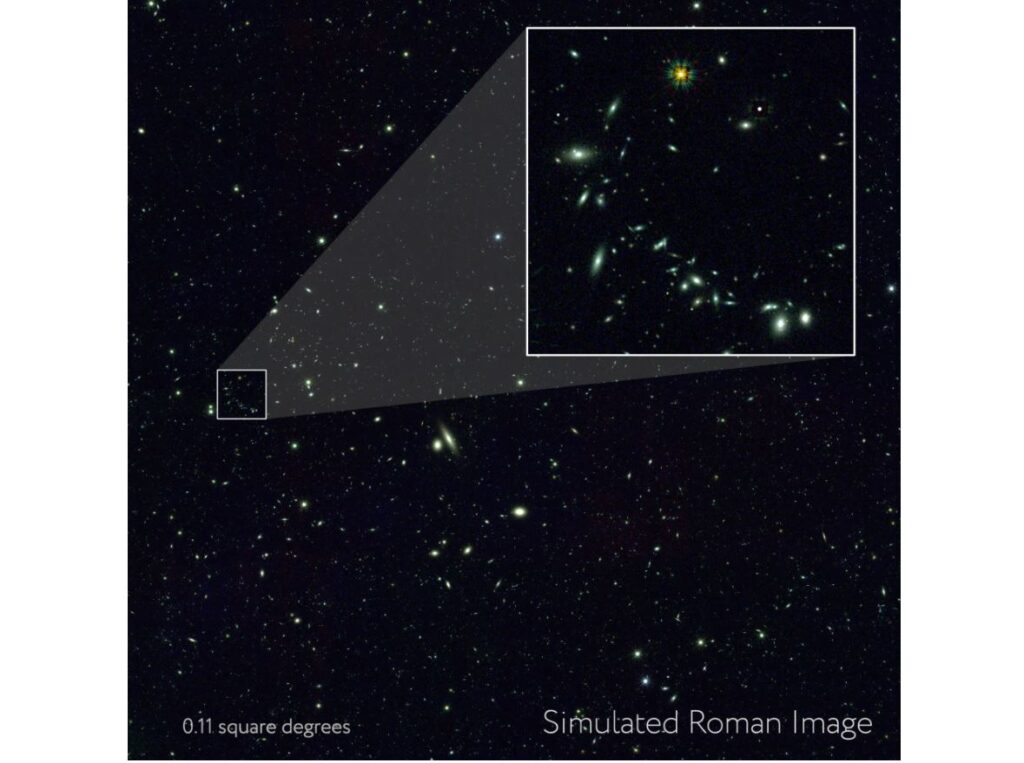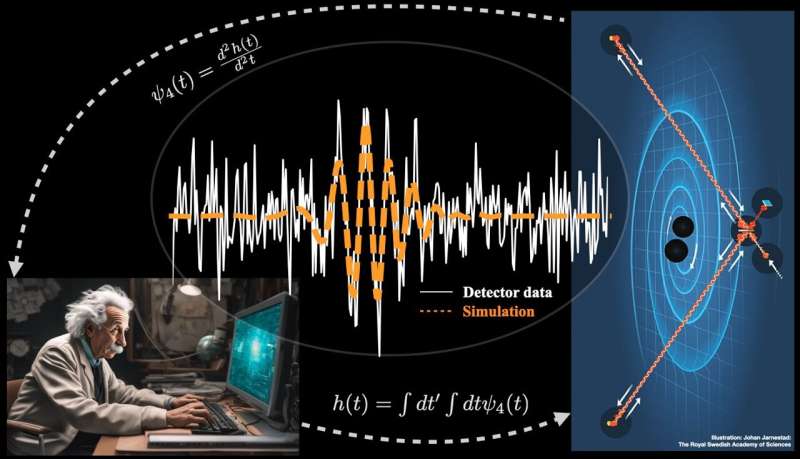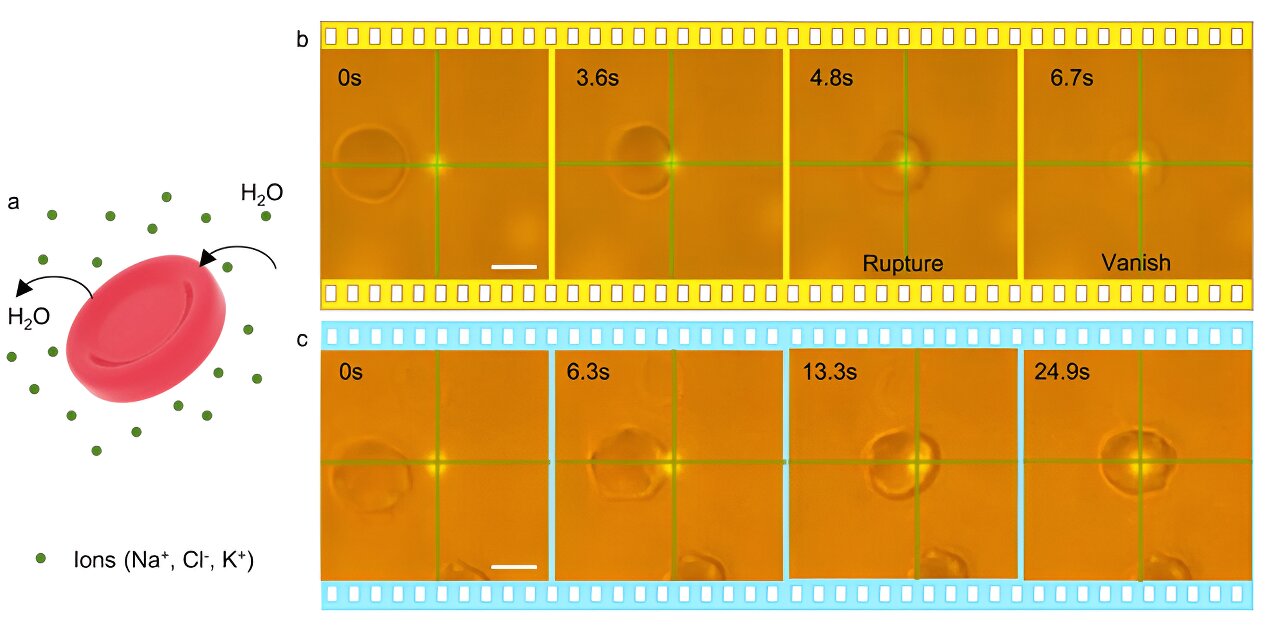
A NASA study using a series of supercomputer simulations reveals a potential new solution to a longstanding Martian mystery: How did Mars get its moons? The first step, the findings say, may have involved the destruction of an asteroid.
The research team, led by Jacob Kegerreis, a postdoctoral research scientist at NASA’s Ames Research Center in California’s Silicon Valley, found that an asteroid passing near Mars could have been disrupted—a nice way of saying “ripped apart”—by the red planet’s strong gravitational pull.
The paper is published in the journal Icarus.
The team’s simulations show the resulting rocky fragments being strewn into a variety of orbits around Mars...
Read More









Recent Comments